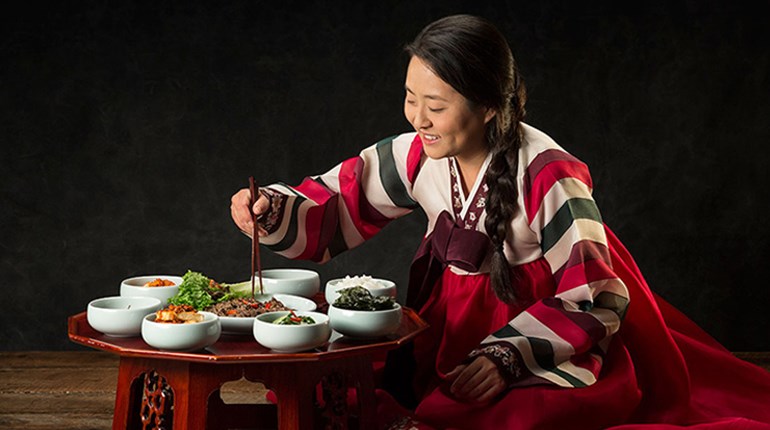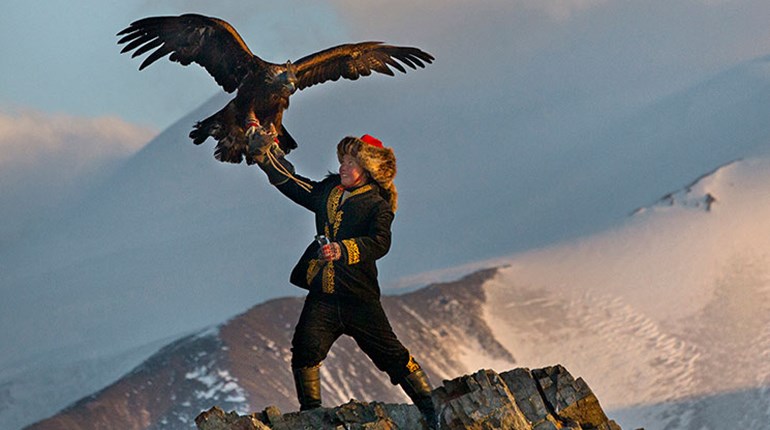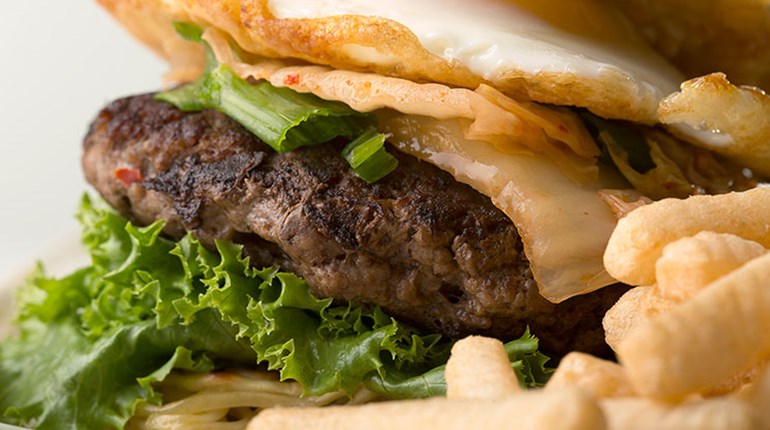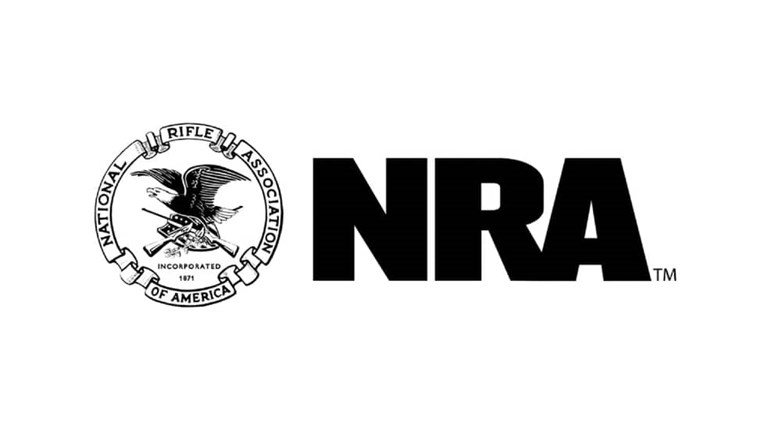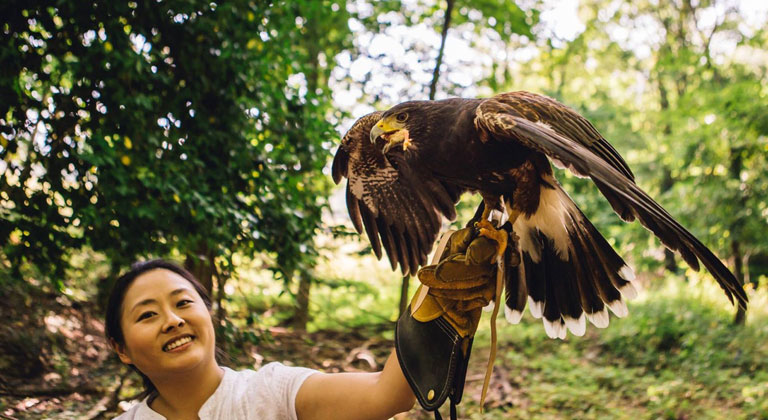
I’ve always liked birds and bird watching but was not familiar with falconry. After working on the story, I signed up for a ornithology class and later met with several master falconers and their raptors (birds of prey). I also became a volunteer at Owl Moon Raptor Center and got hands-on experience taking care and handling many raptors including cleaning the mews (a raptor’s pen). Suzanne Shoemaker is the director and master falconer for the Owl Moon Raptor Center.
After my experiences, I wanted to to try falconry first hand. Falconry appeals to me because I admire birds and am amazed with the possibility of forming a hunting partnership with a wild predator. Falconry is a highly regulated sport and my home state of Maryland does not have many master falconers. I started Google searching and found that the Omni Homestead in Hot Springs, Virginia offers a beginner and intermediate falconry session through their partnership with the Falconry Academy. I made a reservation to stay at the Omni Homestead and contacted the Falconry Academy to sign up for the classes.
Linda Spence was the master falconer and she brought two Harris’s hawks, two falcons, and a Eurasian Eagle owl. I learned in the Beginner Session that raptors do not understand affection but can learn to trust that a human will not hurt them and will provide food. Raptors typically do not cooperate if they are not hungry, so the falconer has to determine which bird is hungry by their schedule and weight. On the day I attended the falconry sessions, the Harris’s hawks were hungry. The two Harris’s Hawks were very vocal with loud cries. In the wild, raptors will stop whining when they mature because their sounds alert potential prey as well as threats. Since the birds were in captivity, they had not given up their willingness to complain!
Falconers wear a thick leather glove and hold a small piece of raw meat to entice the raptor to fly to the falconer’s gloved hand. I got a dramatic demonstration that the raptor completely focuses on the food and ignores all other distractions. I stood in front of the falconer and was awed when the hawk flew over my head by mere inches!
When falconers hunt with raptors, they must quickly retrieve the prey before the raptor starts eating and becomes full. Falconry works because the raptor is willing to trade the animal they just hunted for the piece of meat that the falconer offers to them.
I got several turns at wearing the glove and holding a small piece of raw chicken. The Harris’s hawk flew to me from either the top of the mews or the nearby trees. I felt the rush of adrenaline every time the large raptor flew to me, extended its wings and talons, and landed with a whoosh of air!
After many flights between five attendees, the Harris’s hawk was full and opened his wings in a defensive posture. The falconer quickly took the raptor back to his mews to conclude the Beginner’s Session. At the beginning of the Intermediate Session, the falconer brought out the second Harris’s hawk. The bird enjoyed flying around the field as we walked to a nearby wooded area. I used a small piece of raw chicken to entice the raptor to join us in the woods. After flying among the trees, the Harris’s hawk spotted a squirrel and became very quiet because he was hunting. I got to watch the hawk try several times to catch the squirrel, but the squirrel escaped each time, and finally the hawk lost the squirrel in the trees.
I enticed the hawk a final time with another piece of raw chicken and the falconer placed a hood over the raptor’s eyes. We enjoyed the walk back to the mews as the hawk was full from eating and my mind was full of memories from the new experience. This will be just the start of my journey to become a falconer and I can’t wait to build more experiences of hunting with birds of prey.
Photos by Ken Pak Photography
Did you enjoy this article? You might like this one as well.













